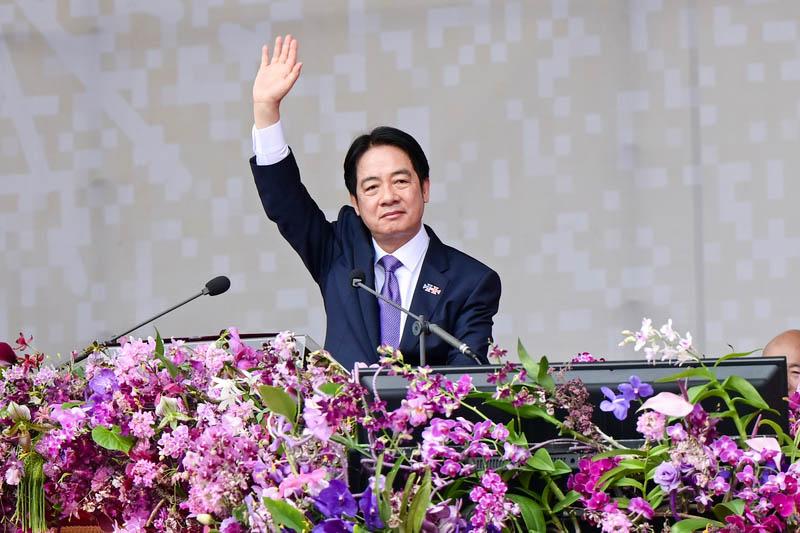The Department of Defense has announced new details about its Replicator initiative, a project aimed at fielding thousands of all-domain attritable autonomous (ADA2) systems to counter the Chinese regime’s military in a possible conflict.
Deputy Secretary of Defense Kathleen Hicks announced that Switchblade 600—a loitering munition produced by Virgina-based drone maker AeroVironment—is part of the first tranche of systems for the Replicator program, according to a statement issued by the Pentagon on May 6.





